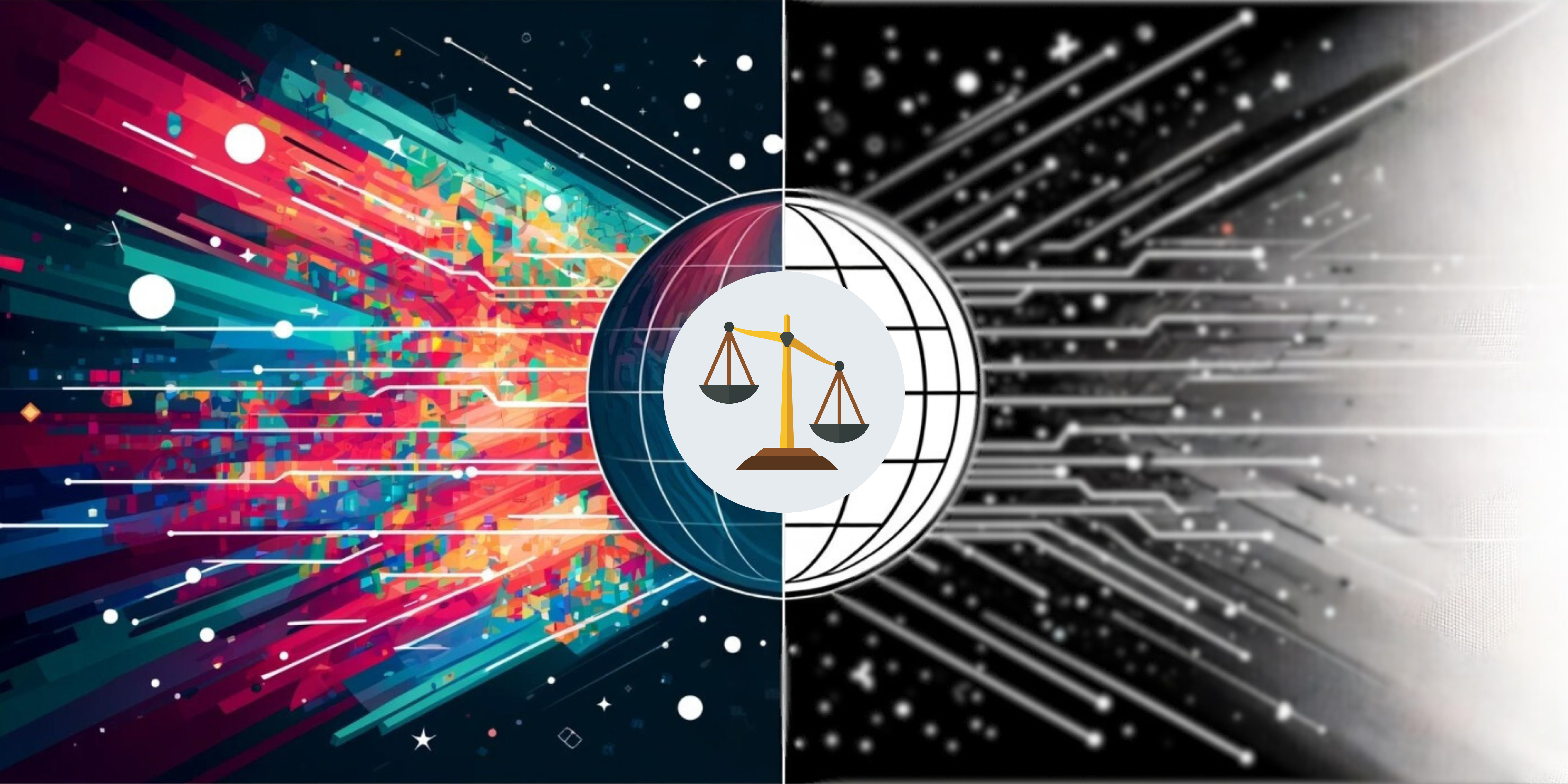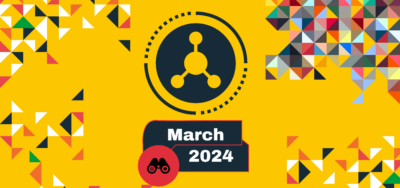FilterWatch and Taraaz are proud to release a new resource, “Navigating Tech and Human Rights in Iran: A Human Rights Impact Assessment Guide to Engage, Assess, Act.” This comprehensive guide is created to help technology companies make decisions that respect human rights and internet freedom in Iran.
Why We Created This Guide
As internet censorship and surveillance escalate, particularly under authoritarian governments such as Iran’s, technology companies face growing pressure to consider how their platforms and products affect human rights and civil liberties. These companies often face complex challenges: balancing sanctions compliance with service access, engaging meaningfully with rights holders like human rights advocates, minority groups, and dissidents without compromising their safety, and navigating the demands of having local representation and complying with local laws while developing culturally sensitive policies. This guide offers tools and insights to help companies navigate these challenges responsibly, shifting from avoidance strategies, which often conflict with human rights principles, to engagement strategies that uphold digital rights.
Who Should Use This Guide
This guide is tailored primarily for global technology companies, investors, and technology and human rights consultancy groups. It is also useful for policymakers, civil society advocates, and software developer communities. It aims to fill knowledge gaps, helping these stakeholders understand the challenges of providing services and developing inclusive policies that factor in the specific needs of Iranian users.
What Information This Guide Provides
The guide has three components:
- Products Categories Analysis: This section explores the intersections of various digital products and services – including social media platforms, software development tools, app marketplaces, Generative AI models, satellite internet, and more – with the human rights needs of Iranians as well as forms of political repression present in Iran. It includes case studies, links to human rights principles, policy recommendations, and additional resources.
- Rights Holders Engagement Guide: This guide offers best practices for mapping stakeholders and building trust with Iranian users, featuring personas of at-risk groups and strategies for safe and effective engagement.
- Policy Gap Analysis Guide: This section offers a blueprint for technology companies to identify gaps within their available policies – including around privacy, content moderation, transparency reporting, and beyond – as well as targeted recommendations for improving said policies to better safeguard Iranian users’ human rights.
How to use this guide
The guide can be used in internal human rights impact assessments, by teams responsible for trust and safety, stakeholder engagement, legal compliance, and product policy development. The rights holder engagement guide is also useful in user experience (UX) research and user understanding. It is also a valuable resource for external human rights impact assessors and advisors to companies and investors, providing a framework for evaluating policies and practices related to service access, sanctions policies, and inclusive product development.
Beyond Iran: A global framework
While focused on Iran, the principles and strategies outlined in this guide have global relevance, especially for contexts where users face pervasive state censorship and surveillance and whose needs are routinely overlooked, underrepresented, or insufficiently contextualized across political, cultural, and linguistic spheres.
Read our full report here.




